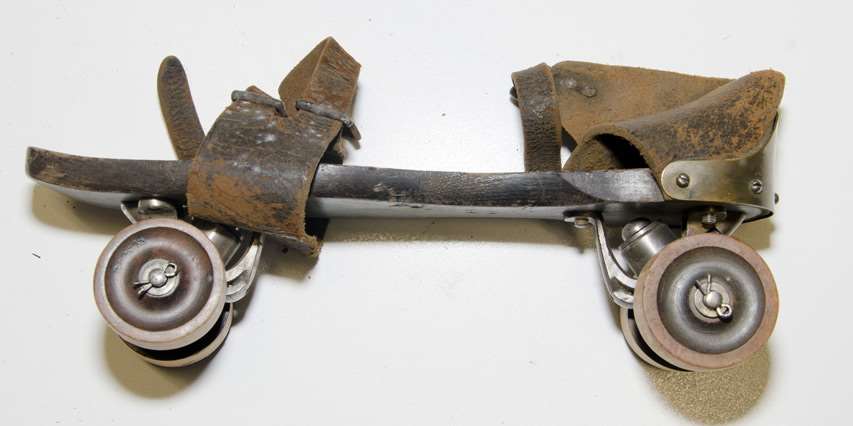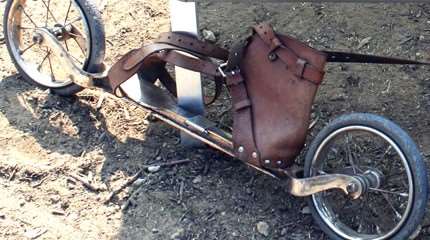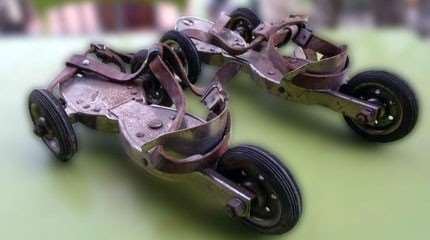Micajah C. Henley (USA) – in the curse of the industrial empire
Micajah C. Henley became the successor to Plimpton in the United States. He tried to bring the traditional roller skates to perfection. He was not restricted to the production of roller skates, but he also expanded on other areas...
Par Vernon SULLIVAN
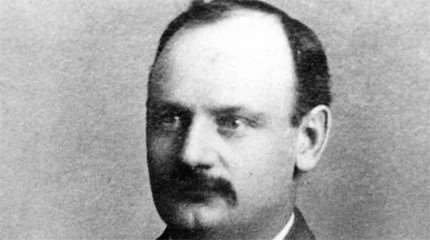
Biography of Micajah C. Henley (1856-1927)
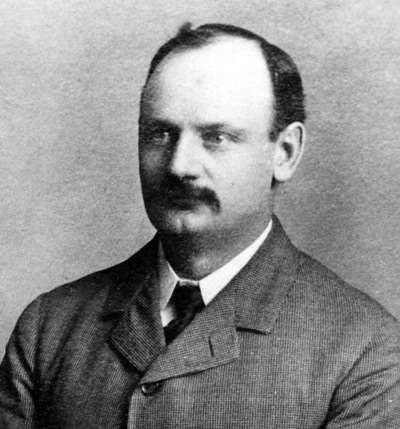 Henley was an American inventor in Richmond (Indiana, USA). He was born on June 24, 1856 and died on June 9, 1927. He was also known under his pseudonym “king of roller skates”. His factory was able to produce up to 2000 pairs of roller skates a day. His career started in a small backroom in his parents’ home and ended with a huge factory with 300 employees.
Henley was an American inventor in Richmond (Indiana, USA). He was born on June 24, 1856 and died on June 9, 1927. He was also known under his pseudonym “king of roller skates”. His factory was able to produce up to 2000 pairs of roller skates a day. His career started in a small backroom in his parents’ home and ended with a huge factory with 300 employees.
A family tradition with wood
His lifestyle seemed to match the American dream of starting a career in a garage and later owning a large, modern company. In 1890 he was one of the leading manufacturers of the roller skate production. Together with Richardson he was one of Plimpton’s biggest competitors in the 19th century.
Henley in the footsteps of Plimpton
Originally, M.C. Henley helped his parents with the distribution of their wood company and also worked there. When Plimpton’s patent expired in 1863, he saw an opportunity to combine his interest in roller skates and the support in the family company. Therefore Henley started at his father’s factory in Richmond, 309 N 14th Street. The first models consisted of wheels, a base plate and fabric straps to secure the foot. He chose boxwood from Turkey, which he had imported. His wheels proved to be longer mobile and more profitable than the existing ones.
A place of passion and innovation
Henley also built places to skate in the form of hardwood floors for local teams to practice. He also built the first skating rink with elevation on North 7th Street in Richmond, calling it “The Coliseum.” Since cleaning under the seats became a burden, he invented fold-up seats to better clean and bought the patent for “the seat Coliseum”. To this day, these seats are still built frequently.
Published literature
Henley published a book about the skate polo and with 16 rules about “how to skate with your sweetheart”.
Booming business
Thanks to the very good quality of his products and effective advertising, his business enjoyed an impressive expansion. He enlarged his company by five areas to increase production capacity. In 1880 he bought the house on 201 N 14th Street and doubled his business space.
The patents and improvements of Henley
Henley secured several patents and most included roller skates in 1880 and 1881. The roller skates of Henley were the first to have an adjustable closure. He called this system kingbolt. Some patents he owned in the field of improving to skate the corners.
When J.H. Fenton Co. (Chicago) invented a skate with a belt around the ankles and a cast-iron heel, Henley began to modernize his production. Finally, he produced a wooden roller skate with front and back straps. The wood has been replaced over time by metal and the belts were replaced with an adjustable closure… while the product of Fenton still had to be adjusted with a screwdriver.
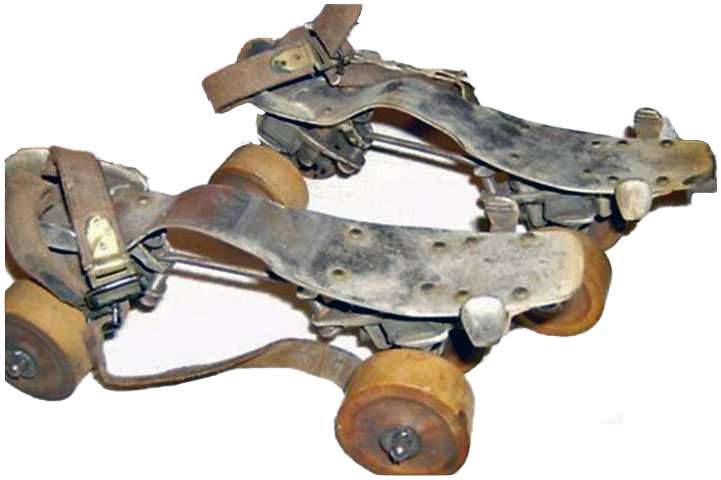 On top of that Henley used Babbit ball bearings and no longer the classic models. He acquired this patent in 1884. The demand of the product was incredible. He built a large factory for production on N 16th Street, which occupied most of the area. That’s how Henley Bicycle Works started. The buildings are still standing today.
On top of that Henley used Babbit ball bearings and no longer the classic models. He acquired this patent in 1884. The demand of the product was incredible. He built a large factory for production on N 16th Street, which occupied most of the area. That’s how Henley Bicycle Works started. The buildings are still standing today.
List of some of Henley’s patents:
- 234,404 (November 16, 1880)
- 245,950 (August 23, 1881)
- 285.484 (September 25, 1883)
- 320,392 (June 16, 1885)
- 446,448 (February 17, 1891)
- 518,995 (May 1, 1894)
- 755.133 (March 22, 1904)
An empire that dealt with more than just roller skates
Henley was fascinated by speed. He supported teams in running and cycling. He also owned racehorses. Apart from roller skates his factory also produced: bicycles, scooters, garden furniture, swings, metalworking machines, drills or wood milling machines, gas meters, lawnmowers and fences. This diversity ensured the survival of the company.
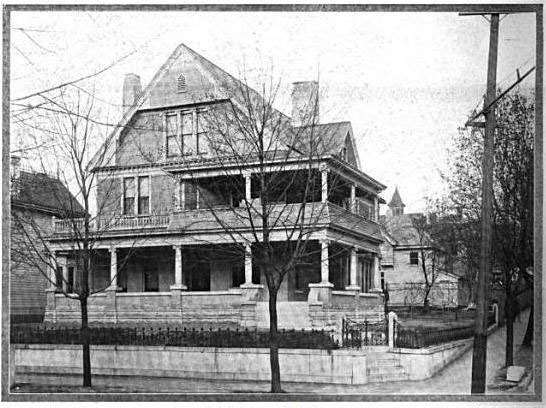 Henley lived at 201 N. 14th Street in Richmond. Two houses away, the Wright brothers lived at 211 N. 14th Street. He sold his first bike for $ 10 in Wilbur. The Wright brothers quickly saw the interest in bicycles and stopped their production of hang gliders to enter this production. In 1904, Henley expanded its production to automobiles. Not only did he manufacture automobiles, he also repaired them on Main Street. In 1906 he sold the car company (Auto Inn) and rented part of the property to a company called Draper & Whitsell.
Henley lived at 201 N. 14th Street in Richmond. Two houses away, the Wright brothers lived at 211 N. 14th Street. He sold his first bike for $ 10 in Wilbur. The Wright brothers quickly saw the interest in bicycles and stopped their production of hang gliders to enter this production. In 1904, Henley expanded its production to automobiles. Not only did he manufacture automobiles, he also repaired them on Main Street. In 1906 he sold the car company (Auto Inn) and rented part of the property to a company called Draper & Whitsell.
A local competition!
The city of Richmond also knew a second manufacturer: In 1882, Phillips Marchant Co. moved to the E-Street, between the 10th and 11th street and also produced roller skates. Three other manufacturers tried, but from 1888 on Henley had no competitors.
The obsession of Henley
When Henley decided to retire, he handed the company over to his brother-in-law John Williams. The company continued to exist, but between 1941 and 1945, roller skates were no longer manufactured because they were not indispensable in wartime.
In the 1940s, bicycles and automobiles became in fashion in Richmond. The two roller skating rinks nevertheless remained frequented. Unfortunately the Coliseum was destroyed on 02.01.1944. The other facility at 1522 East Main Street was preserved until December 1948.
Go check the pictures of the Henley Skates in mint condition on the website of the CS Brétigny.
